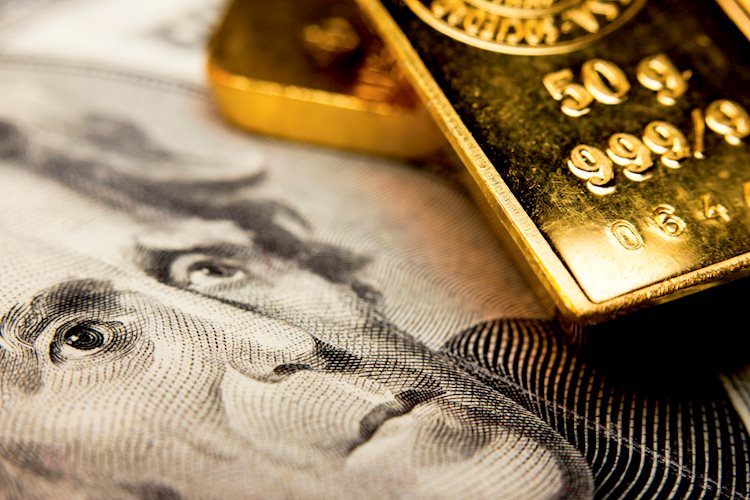In India, gold prices experienced a rise on Thursday, based on data compiled by FXStreet. The price for gold was recorded at 7,162.16 Indian Rupees (INR) per gram, which was an increase from the previous day’s price of INR 7,150.05. Additionally, the price for gold per tola also went up to INR 83,538.60 from INR 83,396.74 the day before. FXStreet calculates gold prices in India by converting international prices (USD/INR) to the local currency and measurement units, with prices being updated daily based on market rates at the time of publication. It is important to note that these prices are for reference purposes only and local rates may vary slightly from the calculated values.
Gold has a significant historical role as a store of value and medium of exchange, in addition to being used for jewelry. Currently, it is highly regarded as a safe-haven asset, making it a popular choice for investment during uncertain times. It is also considered a hedge against inflation and depreciating currencies due to not being reliant on any specific issuer or government. Central banks are the largest holders of gold, as they strive to strengthen their currencies during periods of instability by diversifying their reserves and investing in gold. In 2022, central banks added 1,136 tonnes of gold to their reserves, valued at around $70 billion, marking the highest yearly purchase on record. Emerging economies such as China, India, and Turkey are notably increasing their gold reserves.
Gold typically exhibits an inverse correlation with the US Dollar and US Treasuries, both major reserve and safe-haven assets. When the dollar weakens, the price of gold tends to rise, offering investors and central banks an opportunity to diversify their assets during turbulent times. A market rally can weaken gold prices, while a sell-off in riskier markets often benefits the precious metal. Various factors can influence the price of gold, including geopolitical instability, fears of a deep recession, interest rates, and the behavior of the US Dollar. As a yield-less asset, gold tends to rise with lower interest rates, while a stronger dollar usually exerts downward pressure on gold prices. The asset is denominated in dollars (XAU/USD), meaning that gold prices are heavily impacted by the performance of the US Dollar.
Overall, the price of gold can fluctuate due to a wide range of factors, with its status as a safe-haven asset causing it to be particularly sensitive to geopolitical events and economic uncertainty. Central banks’ increasing gold reserves underscore the metal’s importance in strengthening currencies during volatile periods. As an asset with a long history of value, gold remains a popular choice for investors seeking stability and protection against market risks. The interplay between gold prices, the US Dollar, and other key economic indicators highlights the complex dynamics that influence the precious metal’s value in the global market. Whether as a strategic reserve for central banks or a valuable investment for individuals, gold continues to maintain its status as a sought-after asset with enduring appeal.











